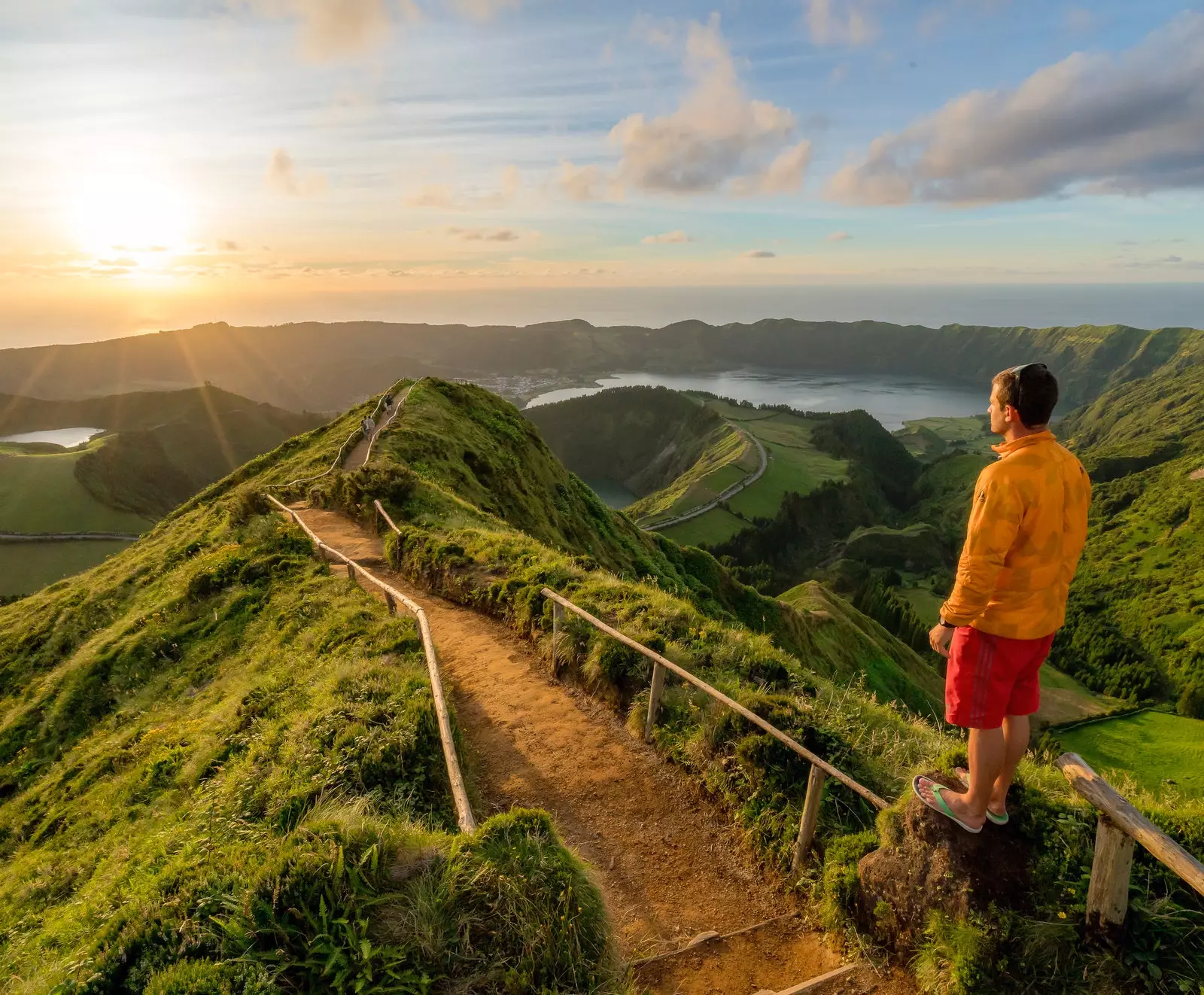
Grota do Inferno, São Miguel, Azores.
What Azores is leafy, wild, volcanic Y remote, remotest , we already knew it. What is perhaps most unknown to the vast majority is that, in addition, the world of contemporary art is as bustling as its hot springs and that the island of st miguel has been, for some years now, a magnet for creators from different disciplines, who find in this landscape leafy, wild, volcanic and above all, remote, remotest , a whole amalgam of stimuli and inspirations for his work.
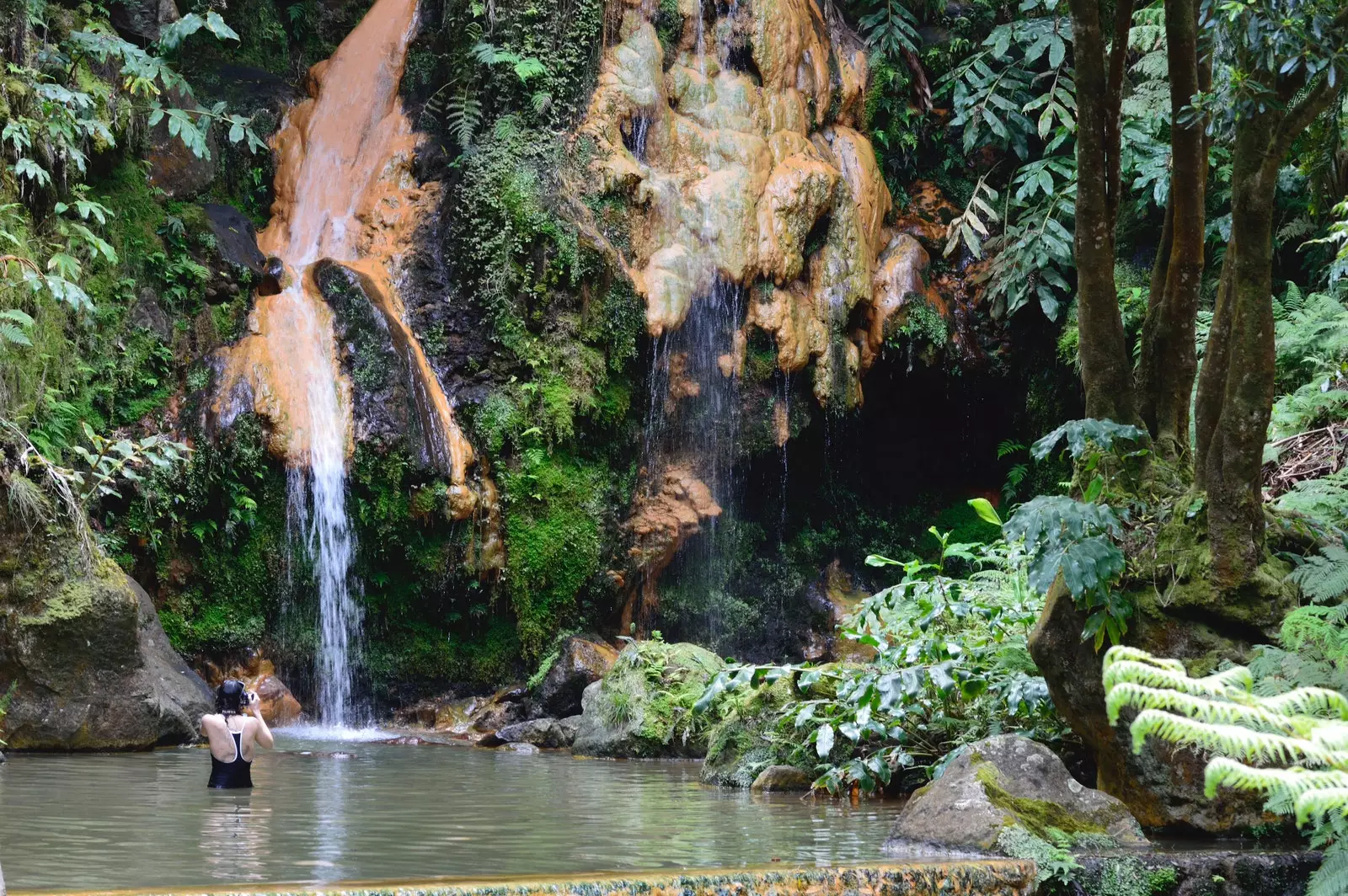
Caldeira Velha, on the island of São Miguel.
THE WALK AND TAL FESTIVAL, 10 YEARS OF ART
Artistic circles open up, the community grows. Those who left return with new ideas and energy, those who came from afar no longer leave. They are born and grow; workshops and studios are reproduced as never before, thus creating an experimental artistic space with a restless community that seeks synergies with other Atlantic islands.
The seed of this small revolution that this remote island in the middle of the Atlantic is experiencing, in which hardly anything happened in artistic terms, was planted just a decade ago Walk&Talk . It was conceived in the midst of the economic crisis and began as an urban art festival in Ponta Delgada (the capital) and grew little by little, opening up to the island and to new disciplines.
Overcoming potholes and reinventing itself over and over again, this July it has celebrated its tenth edition , introducing new formulas to continue bringing people closer to art and art closer to people with exhibitions, installations in the middle of nature, open studios, talks, meetings, performances and interventions in public spaces.
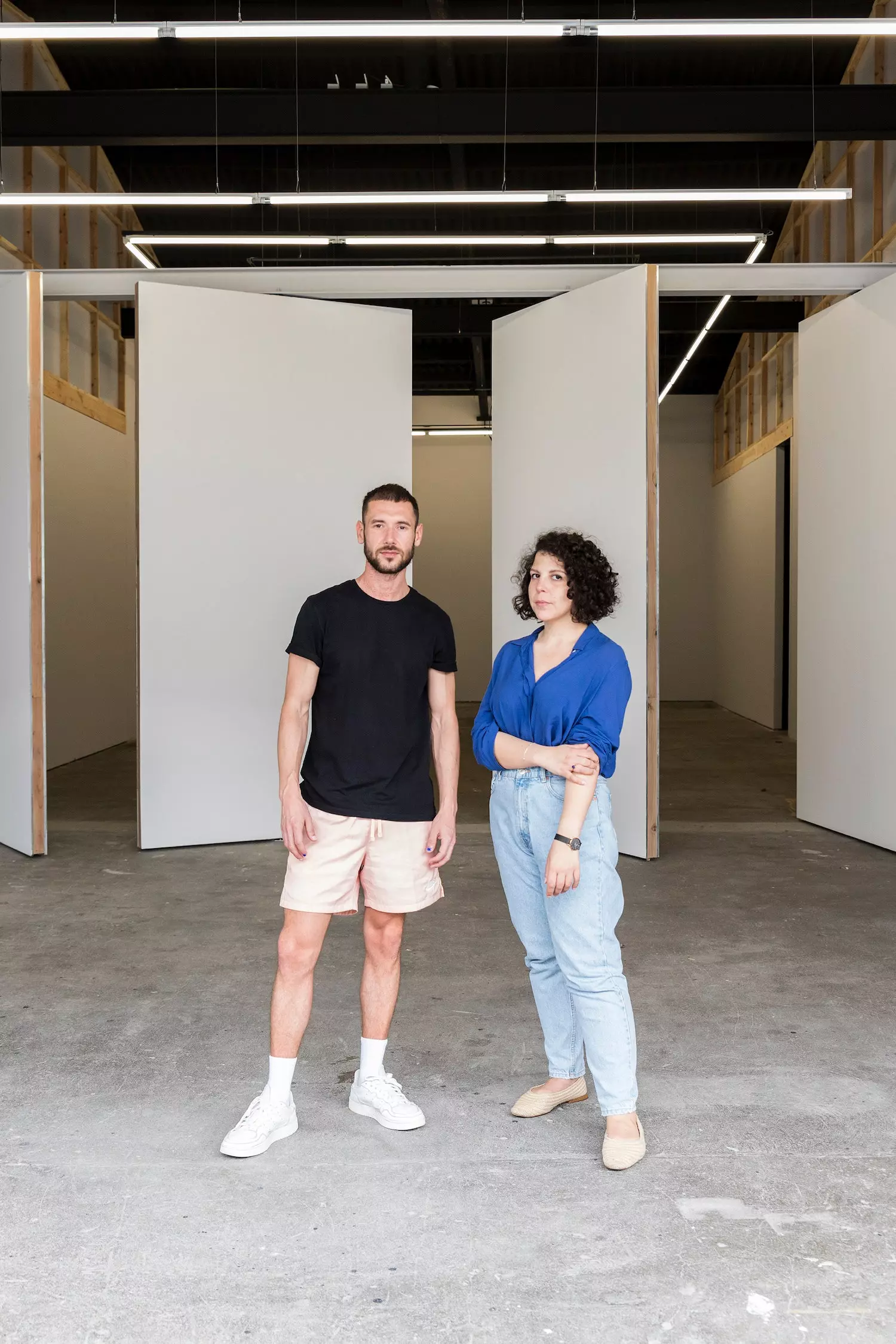
Jesse James and Sofia Carolina Botelho, artistic directors of Walk and Talk.
jesse james , its founder and director, takes stock of this journey: “The first years served to demonstrate that it was possible to do something like this. We all always spoke with a negative connotation of our distance everywhere, of our isolation... until we realized that in reality that was our difference , something that had a very own idiosyncrasy and only; that it should be our power and we should work from there. It is not the biennial, it is not an art fair: it is the Azores”.
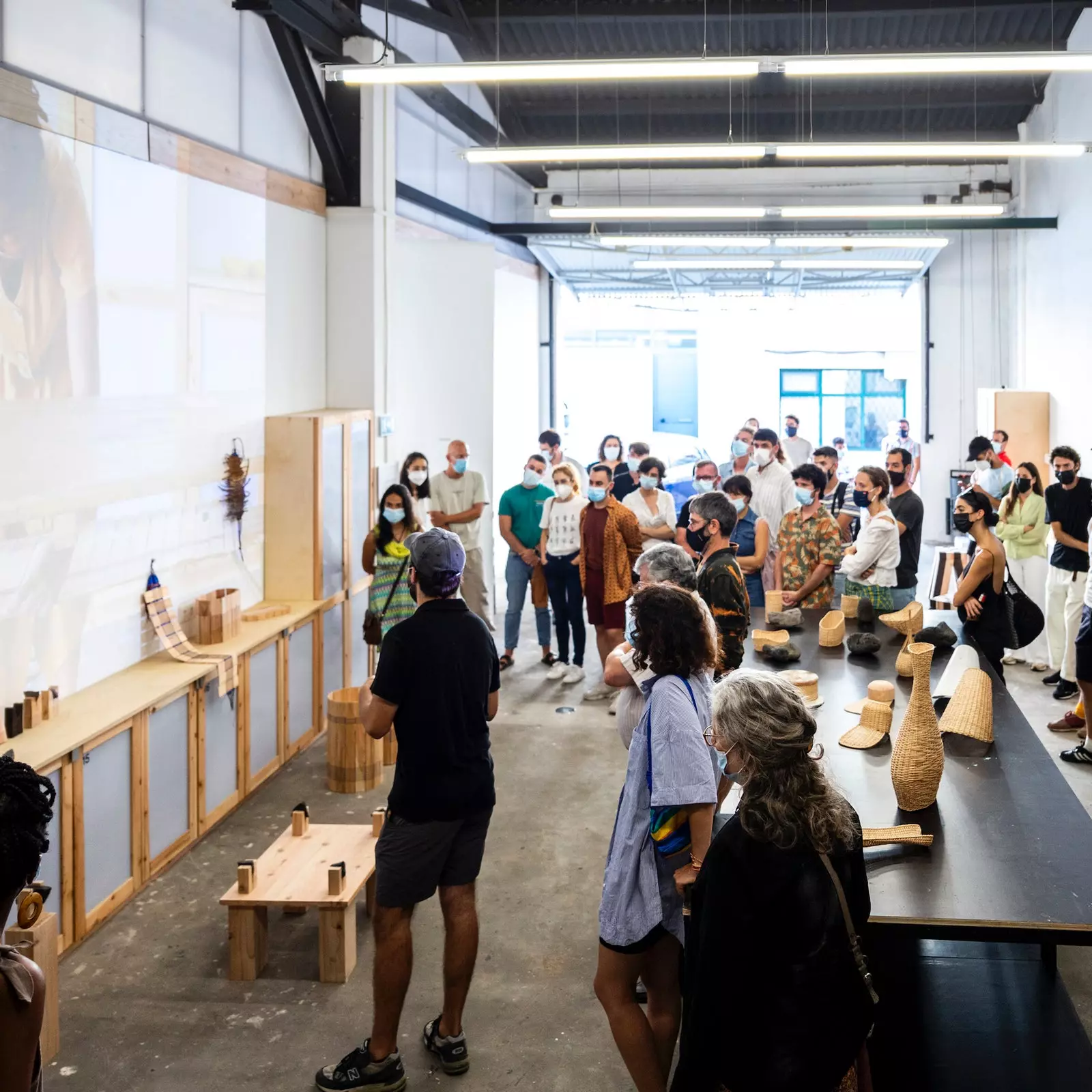
Artisans and designers during the residence of RARA.
Although the temptation exists, it is not about exoticizing the island, explains Jesse, who created the festival when he was only 23 years old: “We run away from all that, we seek to create real connections between people and place ”. As a result, in the heat of the festival itself, several initiatives have been born that fuel that fire throughout the year and encourage artistic exchange, such as the art and craft residency , RARA (Residência de Artesanato da Região dos Açores), which creates bridges between designers, visual artists and the artisans of the islands, uniting them in the creation of “new conceptual models” with traditional techniques; or the PARES program, which grants a grant of 5,000 euros to artists to carry out their projects on the islands.
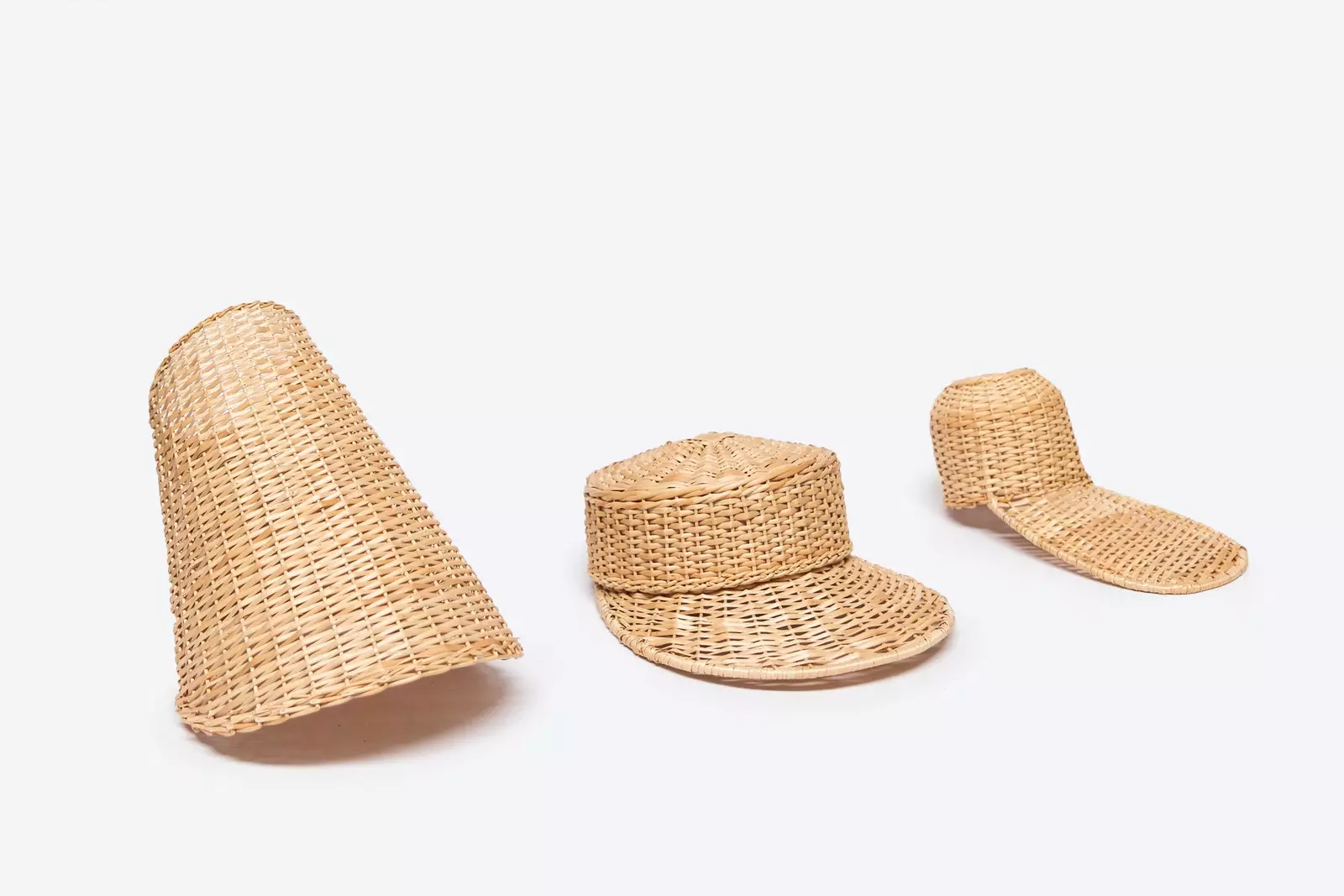
The final prototypes: design and craft come to life.
Thus, every summer, this place lost in the ocean between Europe and America, where they grow the best pineapples on the planet , the roads are lined with hydrangeas and one speaks accent that is complicated even for the Portuguese themselves, brings together dozens of artists from all disciplines who create wicker hats for Afro hair, installations with a "spicy touch" in small villages or present mockumentaries of Azorean television stars in the decade from the 90s
The nature , the environmental conservation , the effects of technology in us and in the planet, and the present and past of the island These are the themes on which we were invited to reflect during this edition.
Many of these installations and exhibitions, distributed throughout the island during the festival, can still be visited and serve as an excuse to get to know some places in San Miguel from another perspective. discover the unexpected Jardim Jose do Canto , in Ponta Delgada, for example, is even more stimulating when accompanied by Study for a garden, an audio piece by the Iranian Abbas Akhavan that creates a mycocosm between exotic flowers, bamboo canes and the sound of birds just by putting on headphones on the walk. The experience is equivalent to several hours of meditation and can be repeated until the beginning of September.
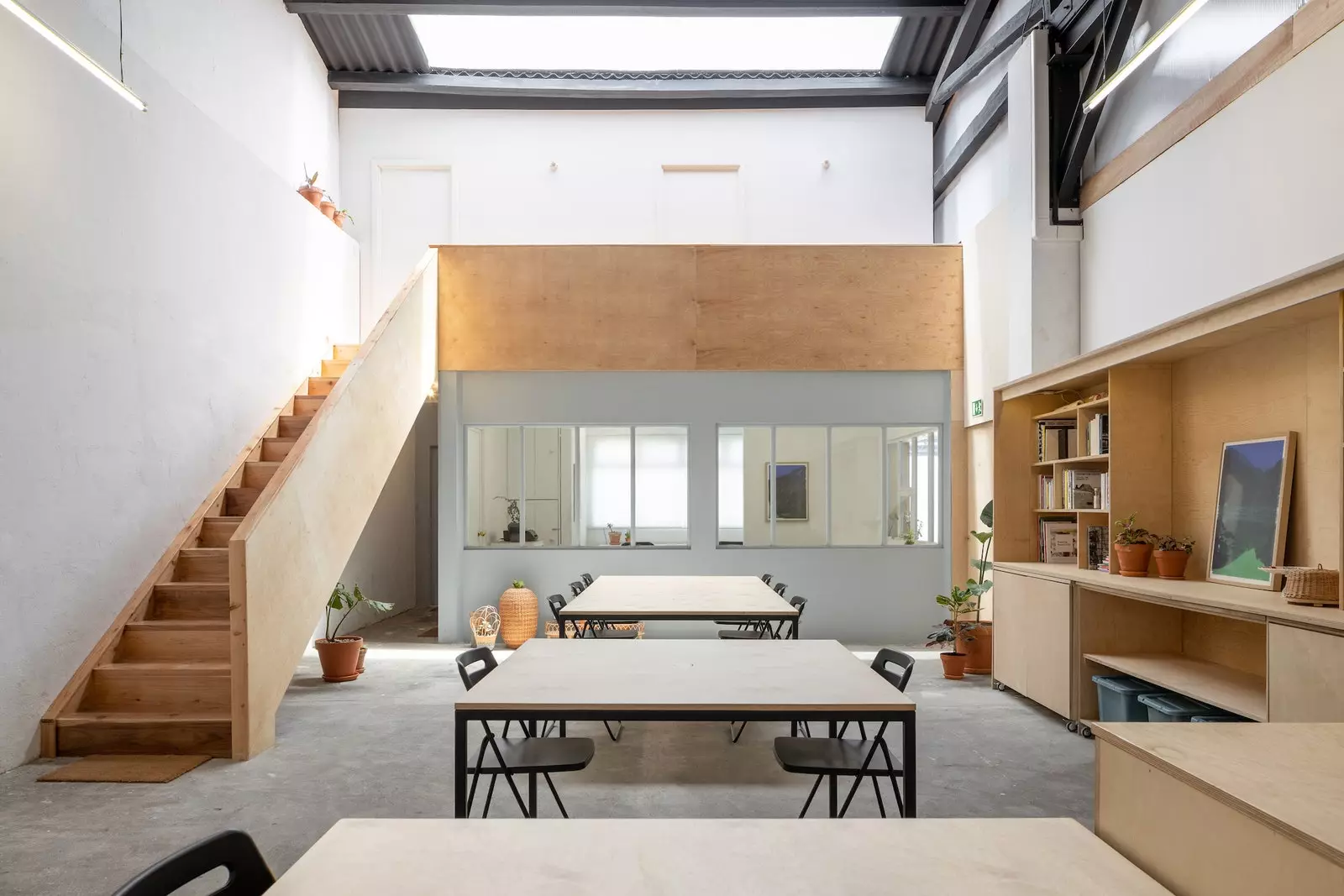
The Vaga space, headquarters of the Talk and Walk festival.
EXHIBITIONS AND INSTALLATIONS THAT CAN BE SEEN UNTIL OCTOBER
vague , the former workshop on the outskirts of Ponta Delgada, converted into a modern and inspiring “space for art and knowledge” and venue for the festival, hosts until August 28 two exposures. On the one hand, The exhibition will be titled after its installation, by the artist alex farrar , in which the embroiderer Maria da Conceição Mansinho, the artisan Ana Medeiros and the textile historian Sofia Silva have collaborated, creating an embroidery workshop for 9 days in which, in addition to making beautiful work, they have delved into all the dimensions of one of the most popular traditions of Azores , from its industrialization and the revaluation of manual work to its role in the local culture, the gender vision or what its future will be.
The other sample that can be seen in Vaga, Little Piece of Heaven, is a work by the North American visual artist Danny Bracken which, through different media and formats, explores the technological transformation and how this affects us when it comes to getting to know a destination and collecting our memories, focusing on the rich nature of the island and its relationship with tourism, and, above all, that contemporary obsession to immortalize everything more than enjoying here and now.
Pelagic, the exhibition by Mané Pacheco (until October 26 at the Carlos Machado Museum), also speaks of that island nature, whose starting point is the recent classification of the archipelago as Hope Spot (place of hope) when it comes to recovering that world that was and that is preserved in Azores much better than in other places, due, to a large extent, to that double-edged sword of being away from everything.
Combining a pictorial installation and moving image, the artist Sophia Caetano continues to explore the impact of human beings on the planet in Existential Karaoke (until September 30) and, especially, the use of plastic. The visit has a bonus track: have a few songs at karaoke.
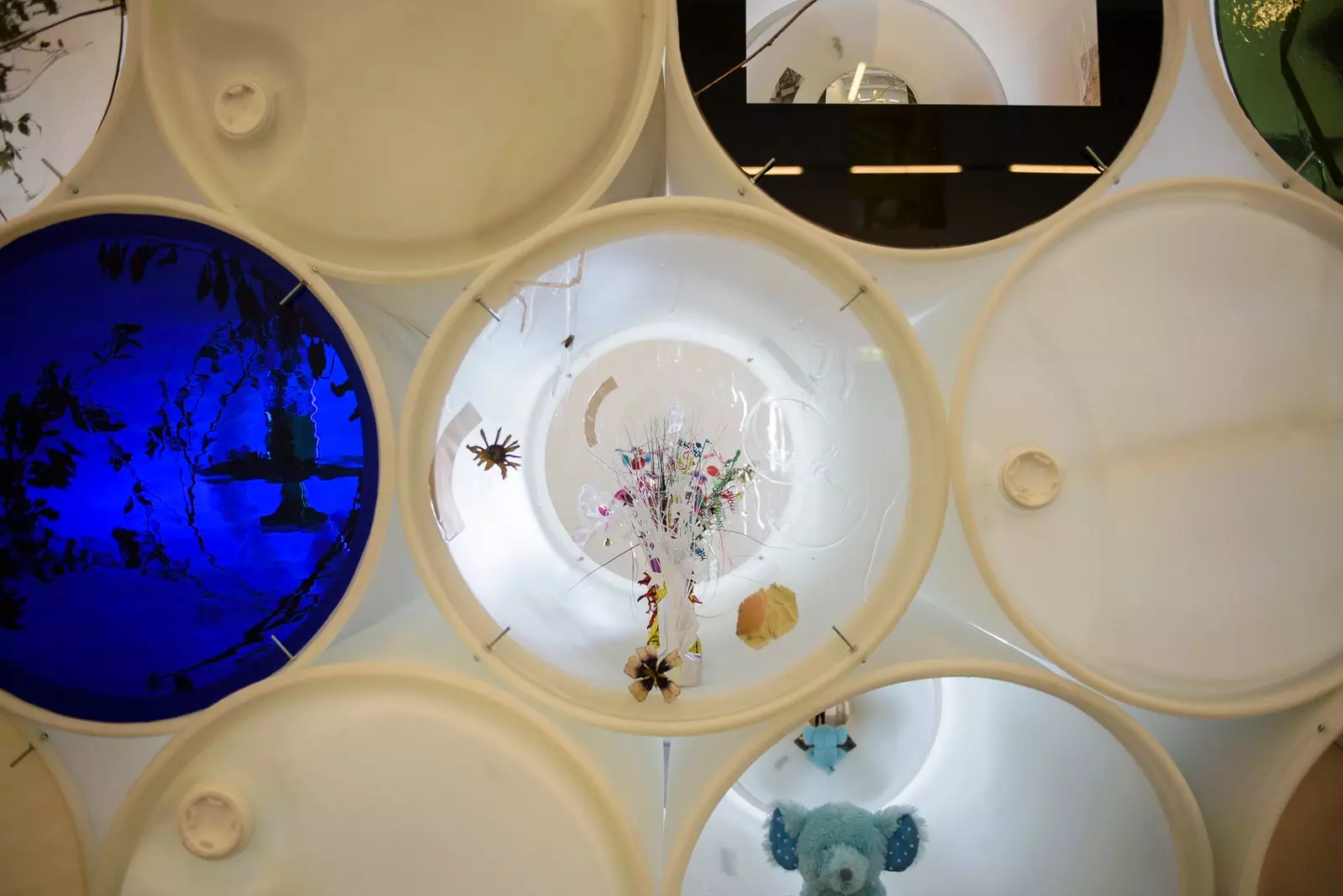
The old wooden barrels served as containers to bring souvenirs and objects from Canada and the United States Azores.
The Arquipiélago Museum, an interesting space (in form and substance) for contemporary art in Ribeira Grande, hosts two interesting works from the Festival until October 26.
The Holdings installation by Nadia Belerique, in which the artist, daughter of immigrants, has recovered those barrels in which families who emigrated to Canada or the United States to seek a new life during the 20th century used to transport or send objects to the Azores , interpreted from a contemporary, poetic and abstract vision.
In the same space and up to the same date, you can see See You Later, Space Island, a short of alice dos reyes which, playing between the real and the fictional, talks about the project to create the first European space base on the island of Santa María, something that some Azoreans see as a new possibility of becoming a strategic point in the Atlantic again and others like a paradox: explore distant and unknown worlds from a far and uncharted place.
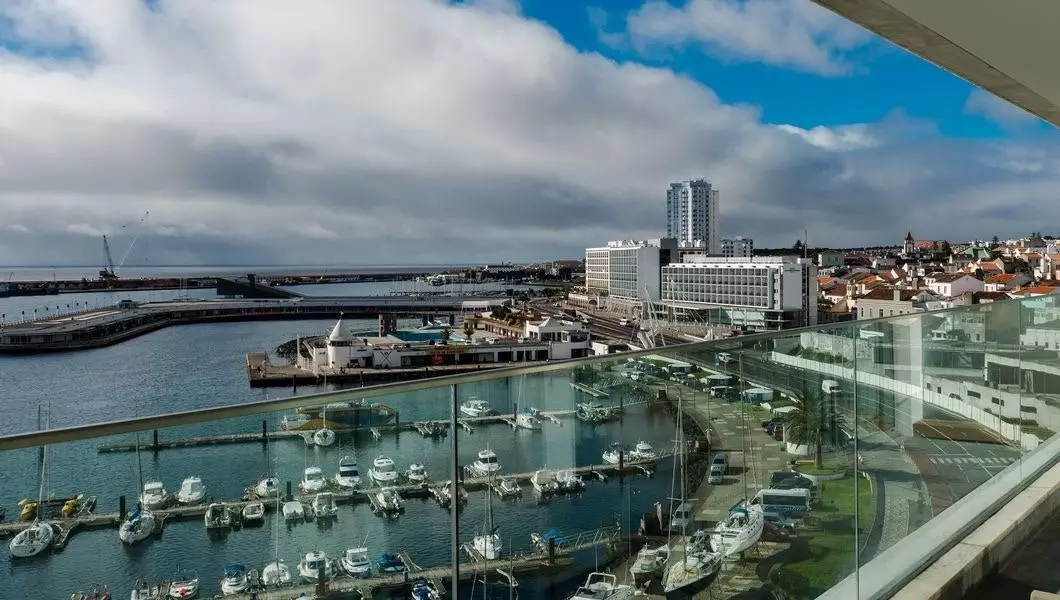
The views from the rooms of the Azor
TWO DESIGN HOTELS FOR AN ISLAND OF ART
In addition to being a new experimental center for art, the Azores, and specifically São Miguel, are welcoming design with open arms in their hotels. Proof of this are the two that Design Hotels has on the island: the Goshawk , in the center of Ponta Delgada, and the Furnas Boutique Hotel , in Furnas, which attract travelers who, beyond enjoying the island, want to do so in style.
On the Ponta Delgada Promenade, the Azor has become a landmark in the capital, not only because of its contemporary and elegant interior design, which gives priority to the ocean from its large windows with sea views from all its rooms , but also for all the services it offers to get the most out of the island. Starting with your spa, which you use 100% natural and local products (pineapple, milk, essential oils) and following by the wide variety of activities that it suggests, from personal surf lessons to meals in a medieval monastery.
Without losing sight of the Atlantic, in his restaurant, to terra , you can eat the best local meats, which mature in house, artisan cheeses and very fresh fish. your bar, Whale watching , on the top floor, has a rock and nostalgic touch, good snacks (the hamburger is a must) and a complete selection of classic and signature cocktails, which can be combined with cigars (all made on the island). But best of all are, again, the endless ocean views and, in season, they say, even the possibility of seeing whales from one of their armchairs.
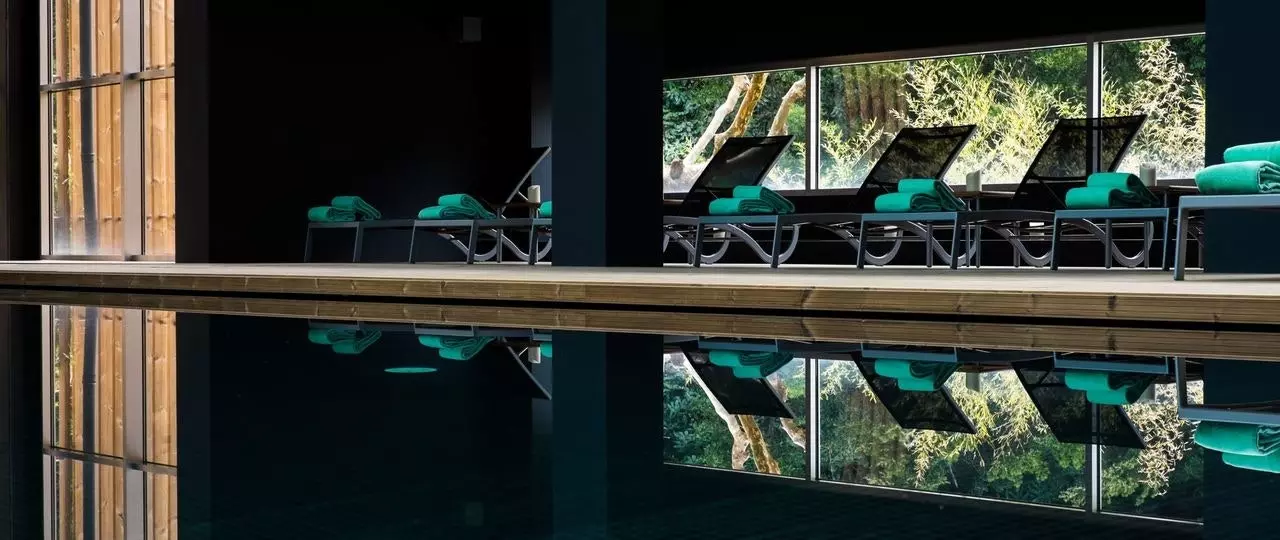
The indoor thermal pool of the Furnas Boutique Hotel
In the hot springs area of San Miguel, next to the beautiful Terra Nostra Park , is the Furnas Boutique Hotel , a charming intimate accommodation, with a marvelous spa. Besides of thermal circuit , the thermal pools (interior and exterior) and a hot spring at 40 degrees, it has ten treatment rooms where therapies, wraps and massages are performed with volcanic stones, natural mud or green tea from the island. everything in this hotel invites you to brake , to eat some empanadas from the famous Furnas stew (made in the thermal boilers themselves) and a massada de peixe (pasta with fish) under the fans and surrounded by ferns in its restaurant or to rest in its cozy rooms. If action is what you're looking for, it's just around the corner.
